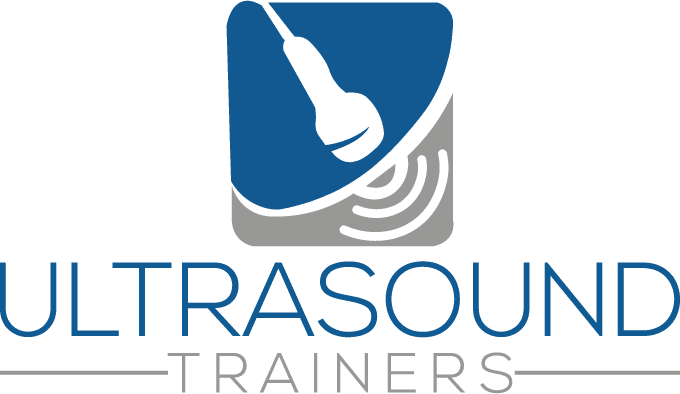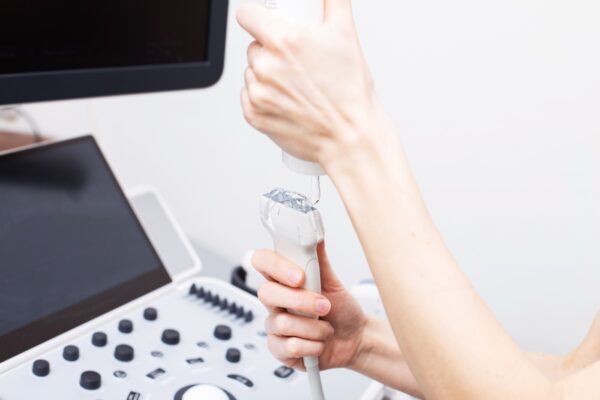How Elective Ultrasound Enhances the Pregnancy Journey
Pregnancy is a time of wonder, anticipation, and many questions. While medical ultrasounds are essential for monitoring health and development, **elective ultrasounds** add another dimension to the experience—one that speaks to emotion, connection, and memory.
What Is Elective Ultrasound?
Elective ultrasound (also called keepsake ultrasound or 3D/4D HD ultrasound) refers to scans done outside of medical necessity, for the purpose of visualization, keepsakes, and parent experience. These scans are not intended to replace diagnostic obstetric scans but to supplement them.
Top Benefits for Expecting Parents
- Emotional Bonding & Connection — Seeing your baby move, yawn, or stretch can reinforce the bond for both parents and siblings.
- Peace of Mind (Beyond the Medical) — While not a medical diagnostic tool, many parents find reassurance in seeing their baby’s activity more clearly.
- High-Resolution Keepsakes — Elective studios often provide 3D/4D images and video clips that make for meaningful mementos.
- Early Gender Reveal Option — Many elective scans allow gender determination earlier than typical anatomy scan timing.
- Extended Viewing Time & Flexibility — Unlike clinical scans that are time-constrained, elective scans allow a more relaxed pace.
- Personalized Experience — Parents often get to choose settings (music, framing, camera angles) and have more interaction during the scan.
How Elective & Medical Ultrasounds Work Together
It’s important to understand that elective ultrasounds don’t replace medical scans. Medical ultrasounds focus on fetal growth, anatomy, placenta, fluids, and maternal health. Elective scans provide the extra layer of *seeing and feeling* your baby more intimately.
When Is the Best Time to Do an Elective Scan?
Timing matters for clarity and results. Many elective centers recommend the “sweet spot” between about 24–32 weeks, when facial features are more evident but there’s still enough amniotic fluid for good imaging. Images may degrade later in pregnancy as space becomes crowded. (Note: individual studio guidance may vary.)
Precautions & Considerations
While elective ultrasounds are generally considered safe when done properly, consider:
- Ensure the studio uses certified sonographers.
- Limit scan length and intensity to minimize unnecessary exposure.
- Don’t rely on the scan for health decisions—always treat medical ultrasounds and your OB’s guidance as primary.
- Ask about studio policies, training standards, and safety protocols.
Questions Parents Often Ask
Yes, when done by trained professionals using standard ultrasound settings, elective scans pose minimal known risk. The goal is always to minimize exposure time and avoid unnecessary long or repeated scans.
Usually not. Because it isn’t considered medically necessary, elective ultrasounds are typically cash-pay or out-of-pocket.
Many studios offer sessions of 15–30 minutes or more, depending on package and how cooperative the baby is.
How to Choose a Good Elective Ultrasound Studio
- Look for ARDMS or equivalent certified sonographers.
- Check studio reviews, especially image and video quality.
- Ask about machine types—HD/5D is becoming standard. :contentReference[oaicite:8]{index=8}
- Ask about training, safety protocols, and studio policies.
- Confirm what keepsakes are included (digital files, prints, video, heartbeat keepsake).
Final Thoughts
Elective ultrasound adds something special to the pregnancy experience. When done responsibly, it complements medical care by allowing parents to connect more deeply, create lasting memories, and bring joy to the journey. If you’re considering offering this service or visiting a studio, prioritize safety, training, and quality.













